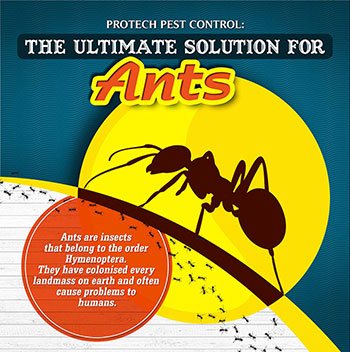Imagine your attic as a cozy Airbnb for rats, with insulation as cosy as resort pillows and wiring more attracting than room service. Currently, think of these unwanted visitors tossing a wild event in your home while you're away. As a home owner, guaranteeing your attic is rodent-proof is not just about assurance; it's about securing your residential or commercial property and loved ones. So, what simple actions can you take to protect your shelter from these furry burglars?
Check for Entry Details
To begin rodent-proofing your attic, examine for access factors. Beginning by meticulously taking a look at the outside of your home, seeking any kind of openings that rats could utilize to access to your attic. Check for voids around utility lines, vents, and pipelines, along with any fractures or holes in the structure or house siding. Ensure to pay very close attention to locations where different building products satisfy, as these prevail access points for rats.
In addition, check the roofing for any type of harmed or missing tiles, along with any type of gaps around the edges where rats could squeeze through. Inside the attic, search for indicators of existing rodent task such as droppings, ate cables, or nesting materials. Utilize please click the following web site to completely inspect dark edges and surprise rooms.
Seal Cracks and Gaps
Inspect your attic room thoroughly for any type of splits and spaces that need to be secured to stop rodents from getting in. Rodents can press through even the smallest openings, so it's vital to secure any possible access factors. Check around pipelines, vents, cables, and where the wall surfaces meet the roofing. Make https://howtoremoveasnakefromatru38372.newbigblog.com/38116163/real-life-customer-stories-reveal-interesting-accounts-of-getting-rid-of-parasites-through-making-use-of-pest-control-expert-solutions of a combination of steel woollen and caulking to seal these openings successfully. Steel wool is an excellent deterrent as rats can not eat with it. Make sure that all spaces are firmly secured to deny accessibility to unwanted pests.
Don't neglect the importance of sealing spaces around doors and windows too. Usage climate stripping or door sweeps to seal these areas successfully. Inspect the locations where energy lines go into the attic room and seal them off making use of an ideal sealant. By taking the time to secure all fractures and gaps in your attic room, you produce an obstacle that rats will certainly discover difficult to violation. Avoidance is type in rodent-proofing your attic, so be thorough in your efforts to seal off any kind of potential access points.
Eliminate Food Sources
Take aggressive procedures to remove or store all potential food sources in your attic room to deter rodents from infesting the area. Rodents are attracted to food, so eliminating their food resources is critical in maintaining them out of your attic.
Here's what you can do:
1. ** Shop food securely **: Avoid leaving any food products in the attic. Store all food in airtight containers made of steel or heavy-duty plastic to stop rats from accessing them.
2. ** Tidy up particles **: Remove any stacks of particles, such as old newspapers, cardboard boxes, or wood scraps, that rats could make use of as nesting material or food resources. Maintain the attic clutter-free to make it much less enticing to rodents.
3. ** Dispose of waste correctly **: If you use your attic room for storage and have rubbish or waste up there, make certain to dispose of it consistently and correctly. Rotting trash bin bring in rodents, so maintain the attic clean and free of any natural waste.
Conclusion
To conclude, bear in mind that an ounce of prevention deserves an extra pound of remedy when it concerns rodent-proofing your attic.
By making the effort to evaluate for entrance points, seal splits and spaces, and get rid of food resources, you can maintain unwanted bugs at bay.
Bear in mind, 'An ounce of avoidance is worth a pound of treatment' - Benjamin Franklin.
Stay aggressive and protect your home from rodent invasions.
